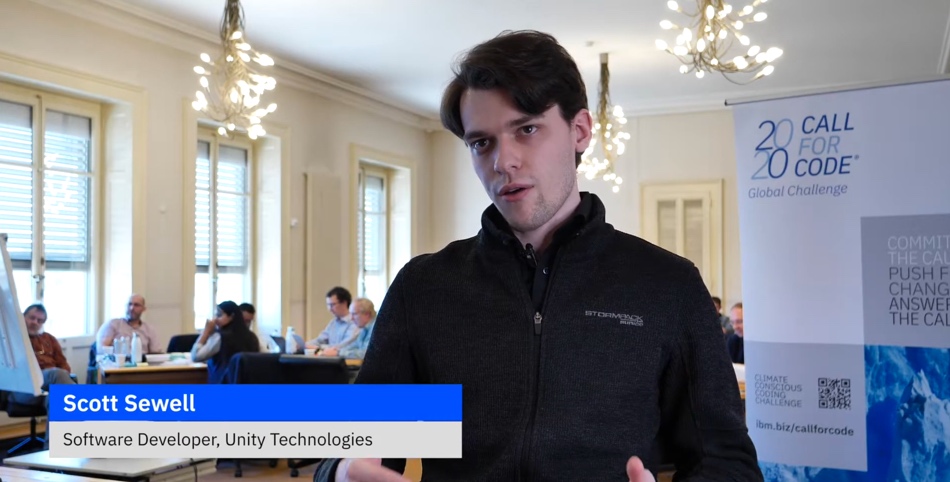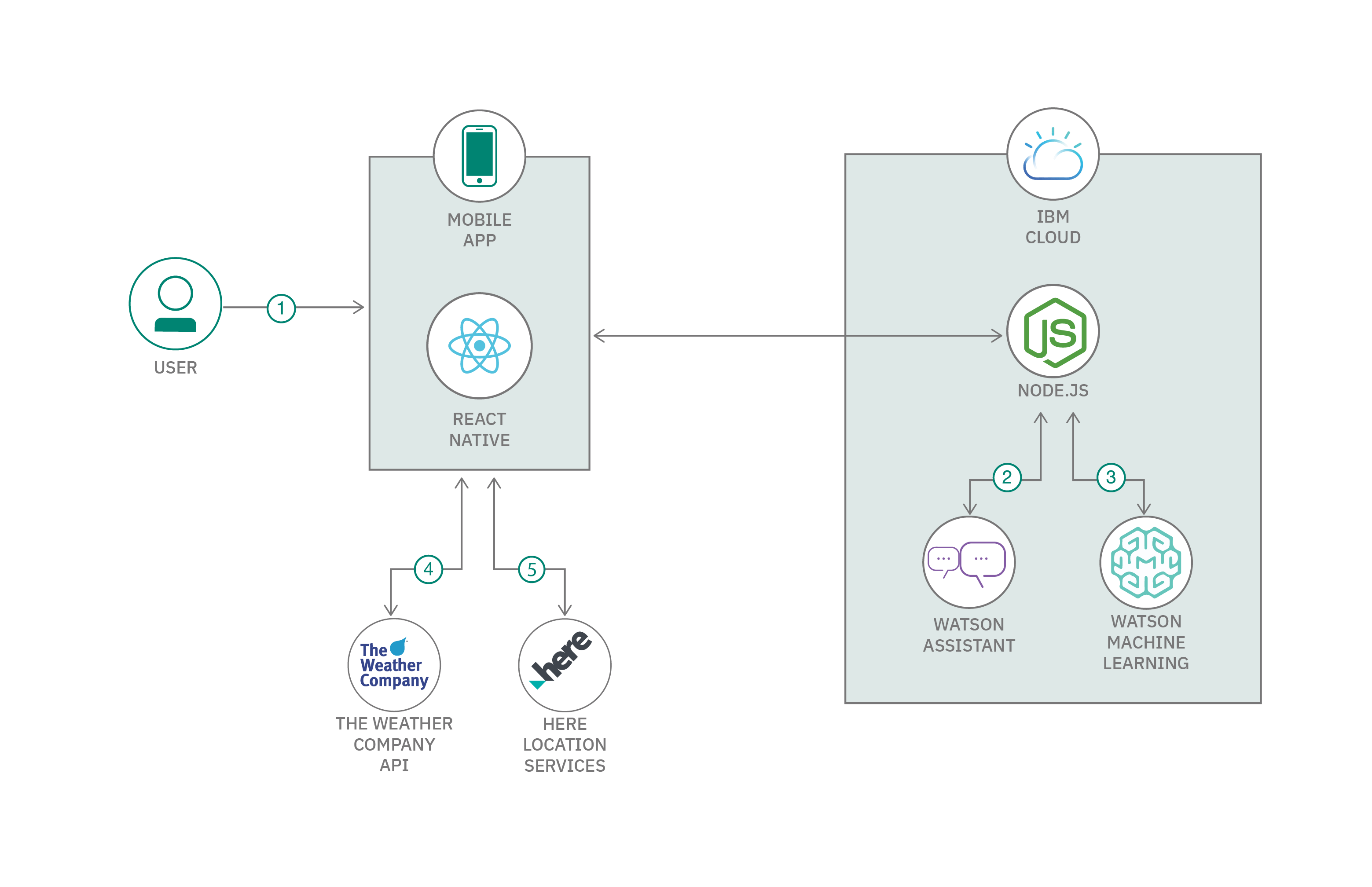Starter kit
Disaster resiliency
Use this starter kit to understand how technology can help our society become more resilient to disasters and kick-start your solution with this idea for an AI-based app that prepares communities for floods.
Overview
What is the problem?
Natural disasters kill an estimated 90,000 people and affect close to 160 million people worldwide every year, according to the World Health Organization. Severe weather events in particular have increased in frequency and intensity over the past decade, and scientists believe climate change is a significant factor. In the last 20 years, flooding has been the most common disaster by far, accounting for 43% of all recorded events. Read the Sendai Framework for Disaster Risk Reduction to see how we make our communities safer and more resilient to disasters.
How can technology help?
Technology can help our society better prepare for and respond to natural disasters. Specific use cases include reducing exposure to hazards, lessening vulnerability of people and property, wise management of land and the environment, and improving preparedness and early warning for adverse weather events that are gaining in frequency through climate change.

Special thanks to our integration partner, HERE, whose location-based API service is a part of this solution.
www.here.com
The idea
Due to climate change, floods are becoming more frequent and more severe, leading to widespread issues for affected communities. The goal of this application is to provide an end-to-end solution to help potential victims combat floods. The team approached the problem by breaking it down into three phases: before the flood, during the flood, and after the flood. By combining IBM’s Data & AI offerings with HERE Technologies’ Location Services, a developer can quickly get started building this solution. The starter kit offers a React Native template that has integration with Watson Assistant and HERE Technologies’ Location Services pre-built, helping developers jump-start the development process.

The architecture

This solution starter idea combines machine learning models with real-time information to get users the information they need to take action quickly.
- The user launches the mobile app and can access information across multiple services.
- The user can ask questions to Watson Assistant and get answers to flood planning and recovery-related questions.
- The user can access recommendations on flood preparation checklists and best practices with Watson Machine Learning.
- The user receives real-time weather updates from The Weather Company.
- The user can obtain geolocation data for safety points and plot evacuation routes using HERE Location Services.
Technology
IBM Cloud services
- Generate insights from multiple data sources
- Transform and load big data CSV files into a database
- 2018 Finalist PD3R
- Create domain-specific bots using an agent bot
- Automate post-disaster checks using drone imagery
- Configuring mesh networking for the IoT
- Build and deploy a disaster donations website with end-to-end encryption
- Build a chatbot for your mobile app
- Rapid development of a scalable mobile application
Data sets